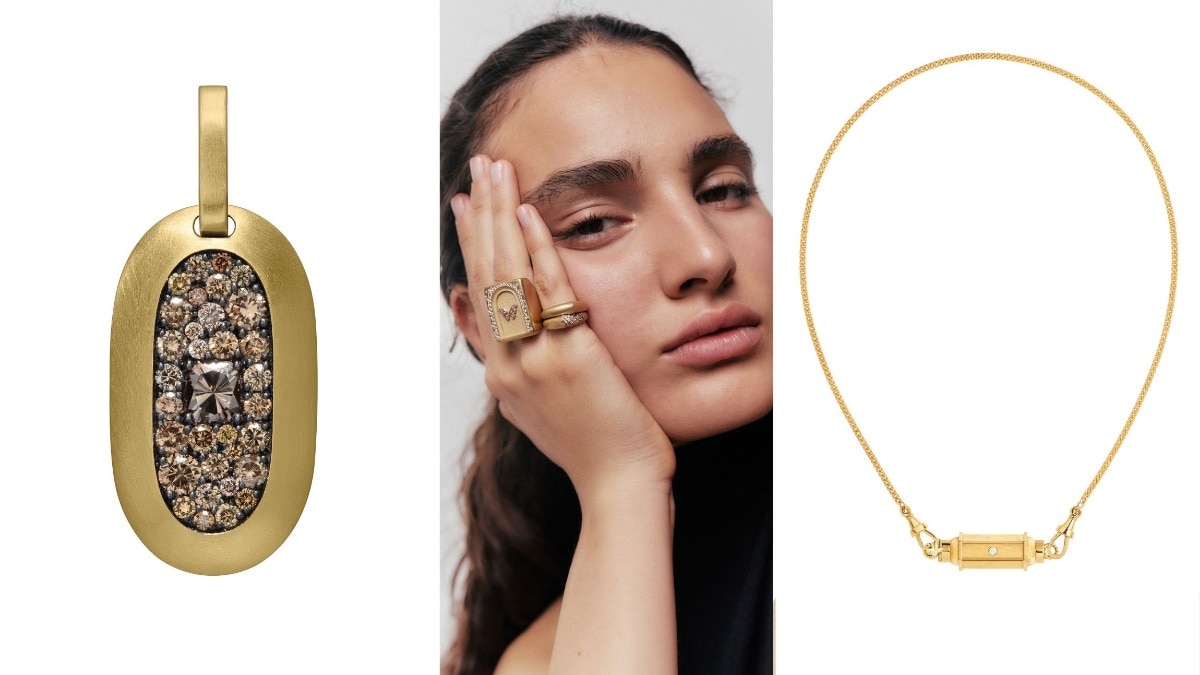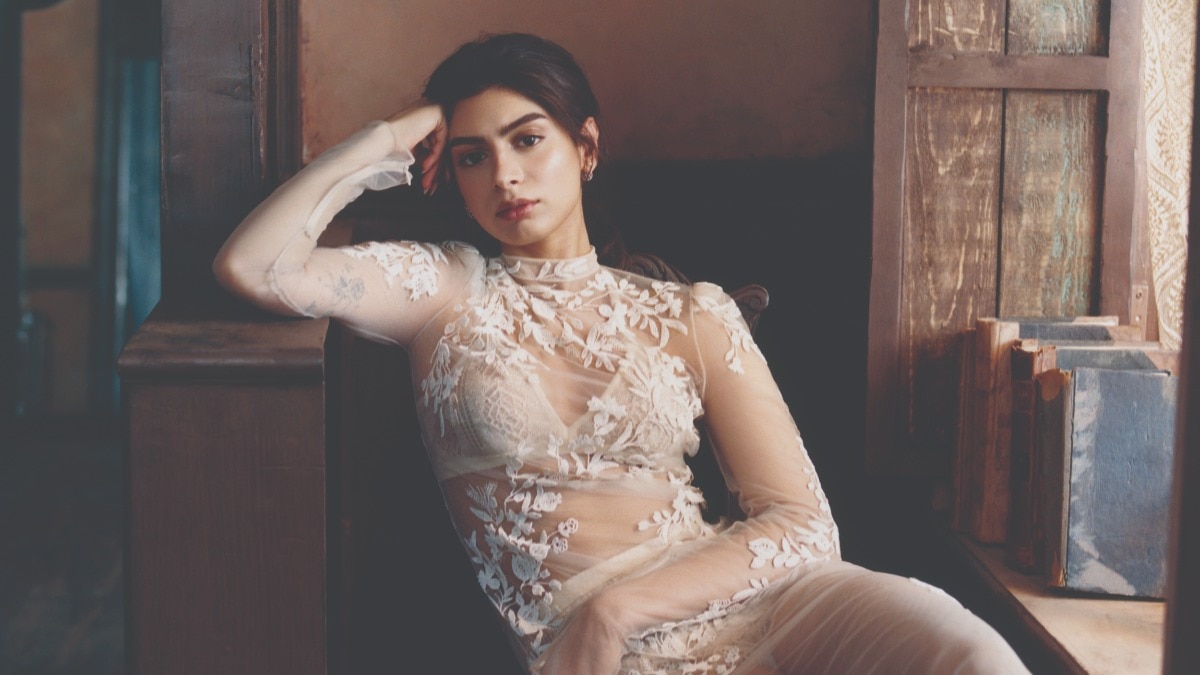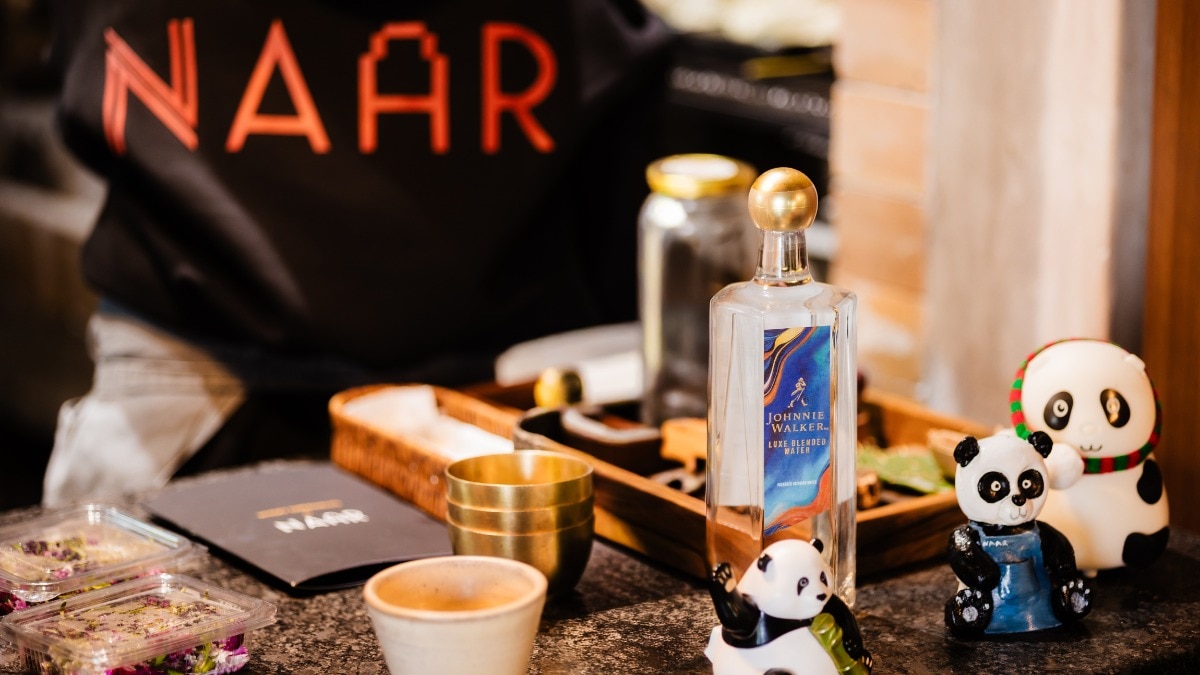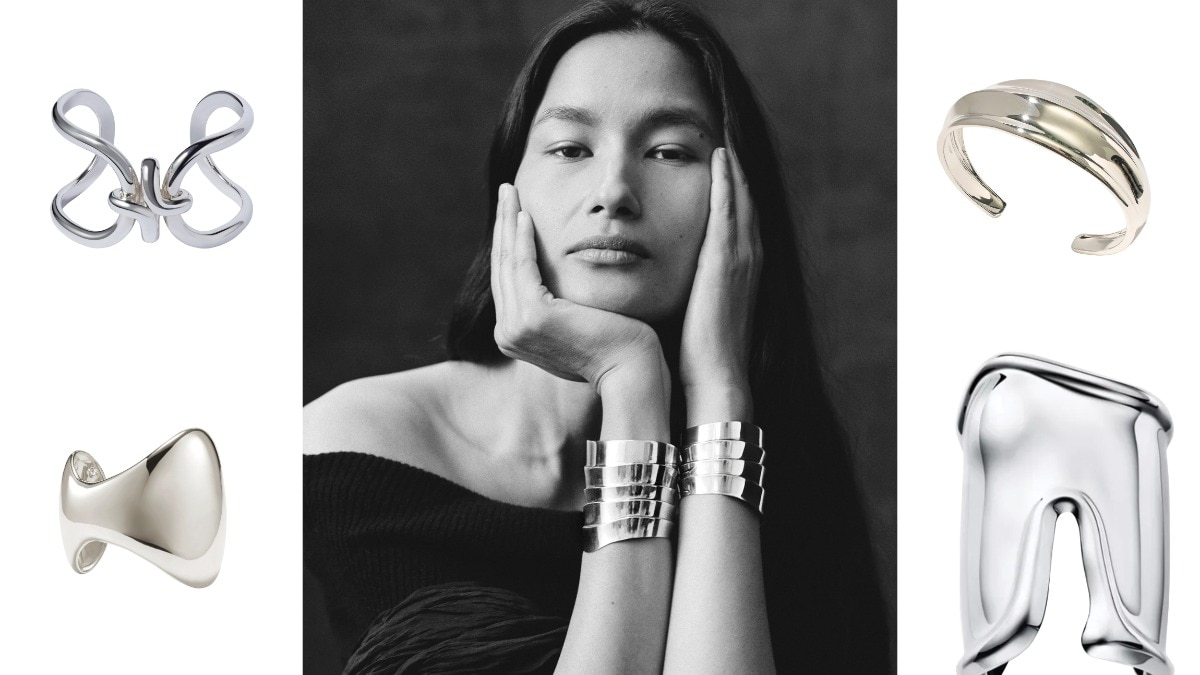Could the Japanese art of ‘sashiko’ sew meaning back into sustainable fashion?
The key to sustainability may just be hidden in an ancient stitch.

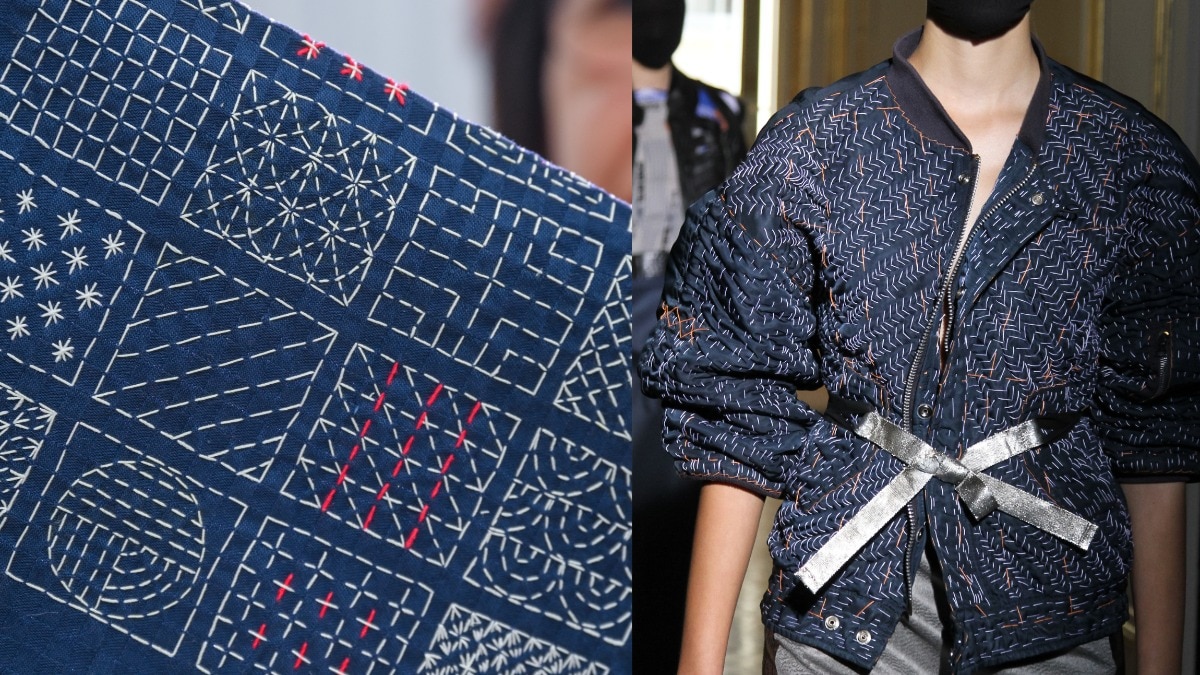
In a world that’s already fraying at the edges, fast fashion has seemingly worn out its welcome. From overflowing landfills to exploitative labour, the true cost of a cut-rate outfit is anything but low. And governments are finally calling it out: France is taxing fast fashion giants for every low-quality item they churn out; Sweden wants influencers to declare the climate impact of sponsored clothes; New York has proposed legislation that demands supply chain transparency from big brands. Even the EU is drafting new eco-design laws to curb clothing waste at its root.
The world is reaching a breaking point with fast fashion products that fall apart within just a few wears. So perhaps it’s time to turn to a craft that is designed to hold things together. Enter: the art of sashiko.
The centuries-old Japanese hand-stitching technique, sashiko, was born out of necessity and has endured for the way it transforms reparative stitches into unassuming, intentional art. With its precise, repetitive stitch patterns and deliberate designs, sashiko doesn’t just mend torn and distressed fabric; it adds character, tells stories, and celebrates the beauty of wear. In a world obsessed with flawlessness, sashiko not only embraces imperfection, it exalts it.
A brief history of the stitch
Sashiko originated during Japan’s Edo period. In rural farming communities where fabric was precious and frugal, mending was the norm, and consequently, this gorgeous stitch was born. Sashiko artisans used durable, breathable fibres like cotton and hemp for greater practicality.
Rich indigo dye was the go-to because of its wide availability and affordability, and restrictions on fabric colours further encouraged reuse. White cotton thread—a once-exotic import—became common by the 1800s and was chosen not to hide seams, but to highlight them in artistic contrast. This deliberate, contrasting pairing of indigo fabric with white thread turned necessity into artistry with unapologetic flair.
The way of sashiko
The word “sashiko” literally translates to “little stabs,” which is a reference to its small, uniform running stitches that form crisp, geometric motifs. From interlocking diamonds to ocean waves, each pattern is intricate, mesmerising, and reinforces garments so that they stand the test of time in a way that is completely unique to each individual piece. The technique, once used to strengthen worn clothing, has evolved into an art form rooted in rhythm, storytelling, and intention.
Sashiko designs draw from both geometry and nature. Popular patterns include waves, bamboo, mountains, and diamonds. Its design influences span native creativity and early Chinese designs, as well as famous Japanese artist Hokusai’s vivid art, reinterpreted in stitch form.
Sashiko stitch styles that tell their own stories
Not all sashiko stitches are the same. While the designs (aka the motifs) borrow inspiration from nature and symbolism, the stitch styles refer to how those motifs are brought to life. Think of them as different dialects in the language of thread, each with its own rhythm, aesthetic, and cultural origin.
Moyōzashi, for instance, uses long, unbroken running stitches to create smooth, flowing patterns—like ripples, waves, or vines—ideal for minimalist yet eye-catching designs. Hitomezashi, on the other hand, is a favourite among geometry lovers, building intricate, grid-based patterns such as diamonds, checks, or florals with short, repetitive stitches. Kogin-zashi, hailing from the snowy Aomori prefecture, was originally used to reinforce rough hemp fabric for warmth, featuring rows of compact diamonds stitched with a blunt needle. Finally, Hishizashi—often paired with Kogin—adds a cross-stitch-like flair with its even-number spacing, bringing extra texture and visual complexity.
Motifs that mean more
Once the stitch style is chosen, it’s time to bring the motif to life, and here’s where sashiko gets truly poetic. The designs often pull from nature or geometric forms, but they also carry deep symbolic meaning.
For instance, zigzags ward off evil spirits, Komezashi (rice-stitch) invites abundance, and Urokozashi (fish scales) signal prosperity. Common motifs also include waves (Seigaiha) for resilience and calm, bamboo (Take) for flexibility and strength, and mountains (Yama) for stability.
Some patterns are even profession-specific, like talismans woven into uniforms. Over time, designers have pushed sashiko further—Kakurezashi is a modern take where stitches are hidden under layers of dye, only revealing their beauty as the fabric ages, almost as proof that even tradition likes a little mystery.
Sashiko in today’s fashion landscape
Once a humble mending technique, sashiko is now a global slow-fashion symbol, celebrated for its tactile beauty and rich cultural roots. Designers and denim houses are reimagining the hand-sewn tradition on modern fabrics, from soft, lightweight indigo-dyed cottons to structured outerwear with heirloom appeal. Its geometric patterns have found their way into everything from bridal couture to luxe streetwear, echoing a broader shift towards meaningful, mindful fashion.
Closer home, Indian designers echo similar philosophies. Rahul Mishra, Aneeth Arora’s péro, and Kallol Datta often explore visible mending, patchwork, and textural stitchwork, while Bodice and 11.11/eleven eleven have experimented with kintsugi-inspired detailing. More recently, NIF Global students showcased sashiko embroidery in their 'Stitched in Motion' collection at Lakmé Fashion Week x FDCI in March 2025, and Vaishali Shadangule presented her Kintsugi collection at Paris Haute Couture Week in July 2025.
With so many designers embracing sustainability inspired by this art form, the message is pretty clear: repair can be beautiful, heritage can be relevant, and imperfection can be style’s greatest asset.
Lead image: Getty
Also read: Women love to wear this 1950s silhouette to work—but why?
Also read: Denims feeling overdone? Here are some trendy pant styles to try out instead

